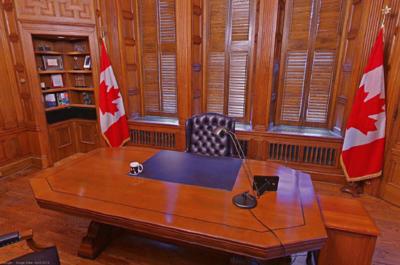In a modern democracy, we tend to think of it divided into three separate and independent areas; the Executive Branch, the Legislative Branch, and the Judicial Branch. Despite losing the popular vote in the last two elections, the Trudeau government remains firmly in power, and the PMO seems to be in increasing control. The PMO appoints all the Cabinet Ministers (39), all Parliamentary Secretaries (again 39 – one for every ministry), issues each Minister with a Mandate letter informing them what is expected, appoints all Deputy Ministers, all heads of every Federal Government agency. In addition, all legislation has to be vetted (if not originated) by the PMO, and only legislation that is approved by the PMO is allowed to go forward. In addition, all Federal Judges, including the Supreme Court, are appointed directly by the PMO.
This is from a PM who lost the popular vote in the last two elections, and is operating as a minority government for the last 3 years.
In contrast, the USA has a very distinct separation of power between the three branches of government. In the UK, despite winning elections over the last 14 years, the Conservatives have had five different PMs.
When Justin Trudeau was asked which government he most admired, he immediately said China (the People’s Republic of China), a one party dictatorship. The reason why he admired this government, is that this structure of government allows for fast and decisive control over the instruments of government, allowing for rapid change.
There is no question that having a powerful PMO in control of all areas of government allows for very decisive actions, for appointing like minded individuals to government, and allows for the tight control of legislation. Generally speaking, this should improve the overall efficiency of the Government. A less powerful PMO would have less control and would see a more fractured government structure, with less decisive action. The Trudeau model sets up a precedent for all future PMOs so we may continue to see the Strong PMO model in all future majority governments of any elected party.
Click below to view last week’s poll question results:



